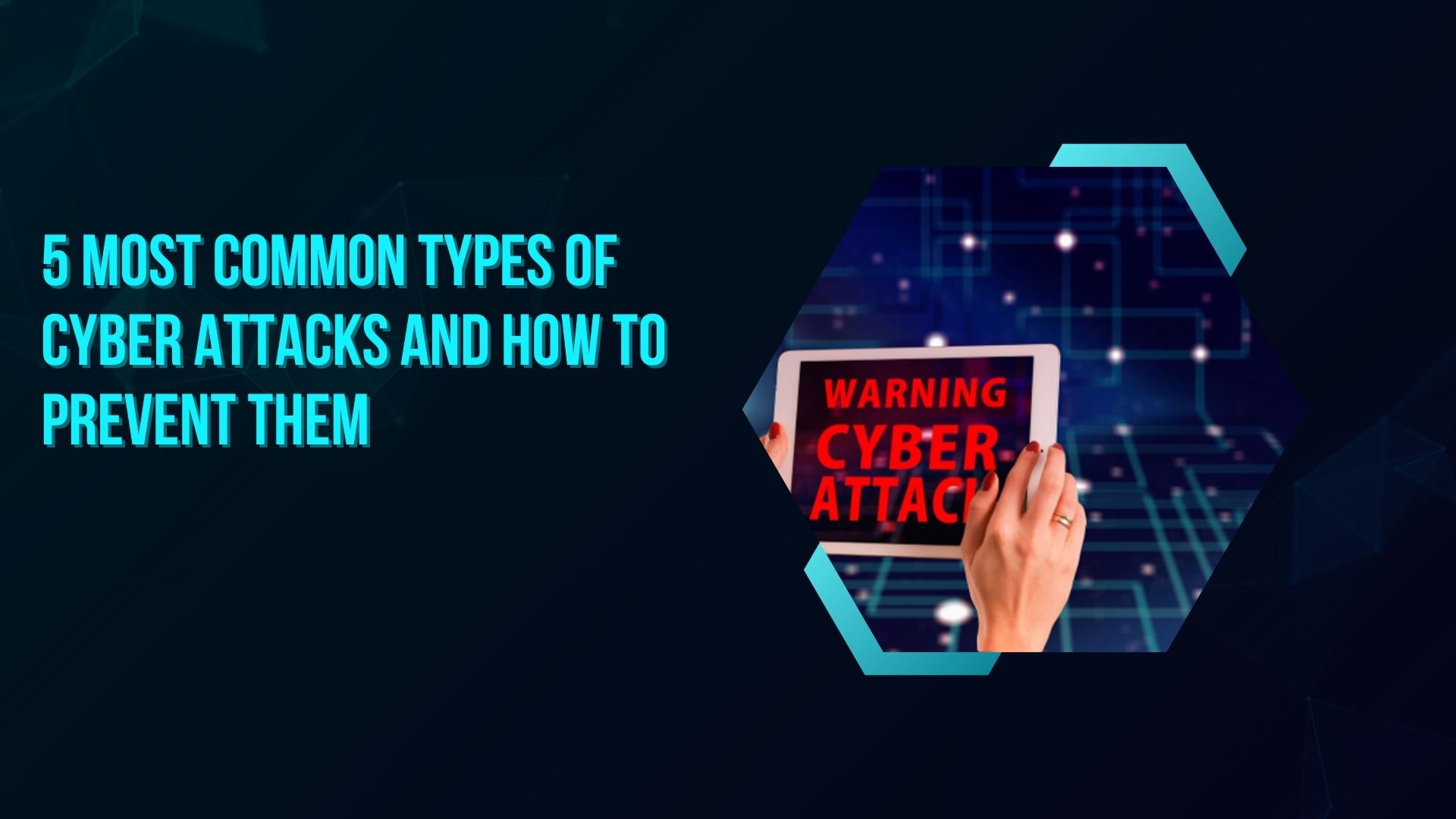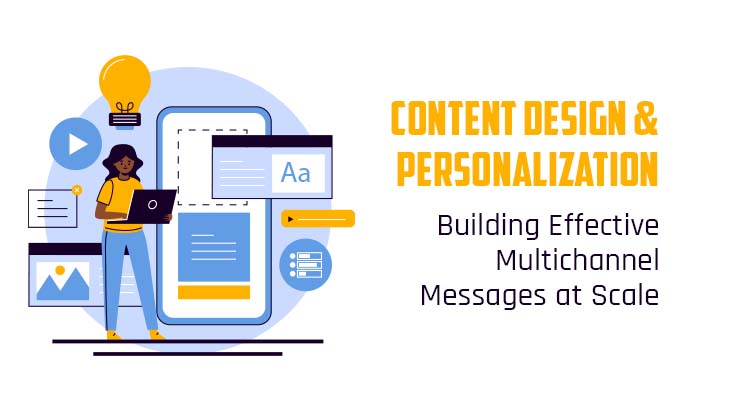The significance of a secure online footprint cannot be overstated in an era of cyber threats and breaches. As technology advances, cybercriminals are continuously upping their game in finding vulnerabilities. One step toward preventing cyber attacks is understanding the different forms they take, from phishing schemes to complex denial-of-service. This article will take you through different types and the best preventative measures against them.
1.Phishing Attacks
This is where perpetrators masquerade as trustworthy entities, often via email, text, or instant messaging, with the intention of tricking recipients into giving sensitive information such as:
- Passwords
- Credit card numbers
- Personal identification
These messages typically contain urgent requests or enticing offers designed to evoke an immediate response. It is paramount to educate employees and individuals about the telltale signs of phishing attacks. Implementing email filtering systems and two-factor authentication can also provide an additional layer of defense against phishing attacks. It's always good to thoroughly evaluate the sender's email address and avoid sharing delicate details.
2.Man-in-the-Middle Attacks
These attacks involve the interception of communication lines between two parties. They are more prevalent whenever users' networks are unsecured. The lethal weapon against them is ensuring all communication channels are adequately encrypted. Target protocols such as SSL/TLS and HTTPS and leverage the power of VPNs (virtual private networks). It's also paramount to monitor your networks to detect and correct any faults immediately.
3.Denial-of-Service Attacks
These attacks happen whenever legitimate users cannot reach servers, sites, or networks through excessive traffic. The overwhelming of systems brings about considerable downtime, lost trust, and potential financial losses. Another form of dos attack is the DDoS (Distributed Denial-of-Service), which involves flooding of a target by several compromised systems.
Strong network security measures are the best way to defend yourself from these attacks. These include intrusion detection systems (IDS) and firewalls. You may also find ways to distribute traffic through several servers, such as CDNs (content delivery networks). Utilizing DOS attack mitigation services from providers that specialize in DoS protection is also a good idea.
4.Malware Attacks
Malicious software encompasses a broad category of harmful programs designed to infiltrate and damage computer systems. Common forms of malware include:
- Viruses
- Worms
- Trojans
- Ransomware
- Spyware
When introduced into a system, it can disrupt operations, steal sensitive data, and render devices unusable. The compromised files can enter in different ways, such as by surfing infected sites or downloading corrupted files.
Keeping these attacks at bay starts with setting proactive cybersecurity measures such as regularly updating your OS (operating system) and software. This is the best way to patch all the existing vulnerabilities. Consider also investing in premium anti-malware and antivirus programs to allow seamless detection and removal of corrupted files. You should also adopt the best practices when downloading to avoid anything coming from untrusted sources.
5.SQL Injection Attacks
These attacks arise when malicious SQL codes are injected into a web applications database segment. It allows attackers to alter the databases by modifying data or executing administrative roles. The vulnerability level tends to be higher when website input lacks robust security measures.
The best way to avoid these attacks is to distinguish between the SQL code and user input. This can be done by regularly using prepared statements and parameterized queries. It's also best to schedule code reviewing and security testing to close security gaps promptly.
Endnote
Securing your online activities against cyber attacks is possible when you know which safe paths to follow. Begin by knowing the methods cybercriminals use to lure users while investing in the right cybersecurity tools. Be consistent with your efforts to continue enjoying a safe online presence.
















Post Comments